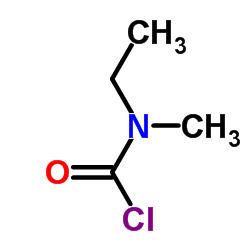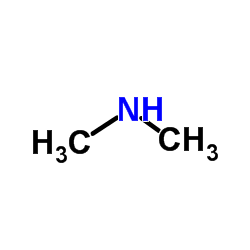123441-03-2
| Name | rivastigmine |
|---|---|
| Synonyms |
Carbamic acid, N-ethyl-N-methyl-, 3-[(1S)-1-(dimethylamino)ethyl]phenyl ester
[3-[(1S)-1-(dimethylamino)ethyl]phenyl] N-ethyl-N-methylcarbamate MFCD03700731 (S)-N-ethyl-3-[(1-dimethylamino)ethyl]-N-methylphenylcarbamate Rivastigmine N-Ethyl-N-methylcarbamic acid 3-[(1S)-1-(dimethylamino)ethyl]phenyl-ester (S)-3-(1-(dimethylamino)ethyl)phenyl ethyl(methyl)carbamate Ethylmethylcarbamic acid 3-[(1S)-1-(dimethylamino)ethyl]phenyl ester 3-((1S)-1-(Dimethylamino)ethyl)phenyl ethylmethylcarbamate carbamic acid, ethyl(methyl)-, 3-[(1S)-1-(dimethylamino)ethyl]phenyl ester 3-[(1S)-1-(Dimethylamino)ethyl]phenyl ethyl(methyl)carbamate |
| Description | Rivastigmine, an cholinesterase inhibitor(IC50= 5.5 uM), inhibits both butyrylcholinesterase and acetylcholinesteraseIC50 value: 5.5 uMTarget: AChERivastigmine is a parasympathomimetic or cholinergic agent for the treatment of mild to moderate dementia of the Alzheimer's type and dementia due to Parkinson's disease. The drug can be administered orally or via a transdermal patch; the latter form reduces the prevalence of side effects, which typically include nausea and vomiting. The drug is eliminated through the urine, and appears to have relatively few drug-drug interactions. Rivastigmine, a cholinesterase inhibitor, inhibits both butyrylcholinesterase and acetylcholinesterase. It is thought to work by inhibiting these cholinesterase enzymes, which would otherwise break down the brain chemical acetylcholine. |
|---|---|
| Related Catalog | |
| References |
| Density | 1.0±0.1 g/cm3 |
|---|---|
| Boiling Point | 316.2±34.0 °C at 760 mmHg |
| Molecular Formula | C14H22N2O2 |
| Molecular Weight | 250.34 |
| Flash Point | 145.0±25.7 °C |
| PSA | 147.84000 |
| LogP | 2.14 |
| Vapour Pressure | 0.0±0.7 mmHg at 25°C |
| Index of Refraction | 1.518 |
| Hazard Codes | Xi |
|---|
| Precursor 7 | |
|---|---|
| DownStream 3 | |




![3-[(1S)-1-(Dimethylamino)ethyl]phenol structure](https://image.chemsrc.com/caspic/209/139306-10-8.png)
![Carbamic acid, ethylmethyl-, 3-[(1R)-1-hydroxyethyl]phenyl ester structure](https://image.chemsrc.com/caspic/042/856408-80-5.png)


![(S)-N-ethyl-3-[(1-dimethylamino)ethyl]-N-methylphenylcarbamate hydrochloride structure](https://image.chemsrc.com/caspic/442/727418-36-2.png)


